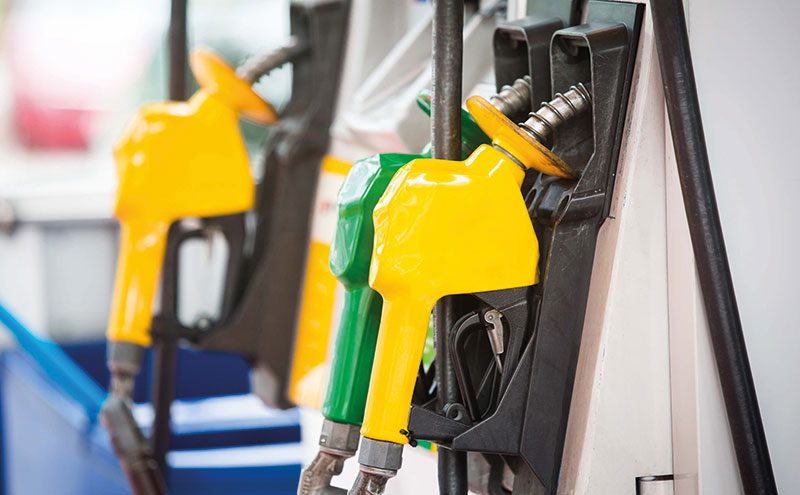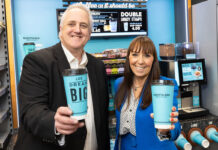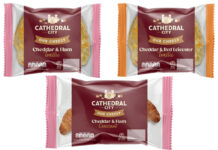
MOVE over fossil fuels, the main reason for shoppers visiting a forecourt is now food to go, according to convenience retailing industry analyst HIM Research & Consulting.
The latest research from the firm reveals a marked change in the way consumers view forecourts over the last 10 to 15 years, with HIM crediting Marks and Spencers’ teaming up with BP in 2005 as the watershed moment for fuel retailers, as customer perception of the petrol station shop changed.
HIM found that as well as improving fortunes for food to go, the main missions enjoying growth at forecourts stores were the top-up shop and treat missions.
Other findings revealed in HIM’s Forecourt Focus: Convenience is Overtaking The Pumps white paper include customers placing a great importance on the friendliness and helpfulness of staff, which was described as the main factor in driving shoppers to stores.
According to HIM, while shoppers will always want a strong product range at reasonable prices, the key to forecourt retailing success is the kind of shopping experience customers are met with in store.
Forecourt retailers’ increasingly convenience oriented offer may be paying dividends for many, with HIM finding that the percentage of forecourt shoppers coming into forecourts to buy food to go, “considerably over indexing” the average convenience shopper, there is still a way to go on price, according to the firm.
Customers continue to view forecourts as a more expensive proposition than the average convenience store, according to HIM, and the firm reckons that while retailers may see premium pricing as a positive, this is an issue that consumers would like to see addressed.

















